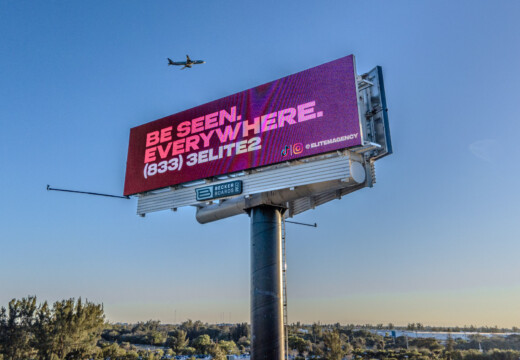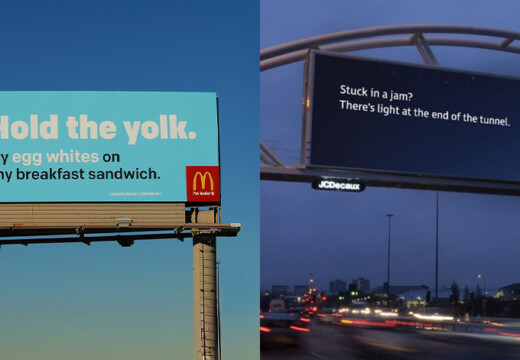Meet Brian Becker, owner of Elite Marketing, med student, and part-time advertising wizard. What he thought would be a “side gig” in digital marketing quickly turned into a full-blown career when the world of outdoor advertising pulled him in for good.
Working with WeedCardAZ, a company struggling to get around strict online ad policies, Becker suggested using Blip—within a single their billboard campaign caused a surge in traffic, resulting in a crashed website. Today, Becker’s agency focuses on helping clients create campaigns that leverage both outdoor advertising and digital platforms. From pinpointing the right location to choosing the best timing and creativity, he shares his perspective and key lessons for businesses looking to get more from their ad spend.
Lesson #1: OOH Ads Don’t Work in a Vacuum
Elite Marketing’s philosophy, like many OOH service providers, centers on continuous optimization—using data to refine campaigns and follow Google’s 7-11-4 rule. The secret isn’t just using digital, social media, thought leadership, or even an obscure email sequence. It’s the synergy of multiple mediums working together to drive conversions. Here’s the type of campaigns that produce the best results:
- Brand Awareness Campaigns: These campaigns focus on increasing visibility and driving quick online interactions. Clients may invest a larger sum over a weekend to boost website traffic or grow social media followings. The goal is to generate noticeable results in a short timeframe.
- Special Event-Focused Campaigns: Designed to capitalize on peak times for maximum visibility, these campaigns typically run for a week or two, aligning with the event’s schedule to make a big impact when attention is highest.
- Long-Term Campaigns: For sustained success, campaigns that run for three months or more provide the most concrete results. This approach allows time for proper testing, adjustments, and consistent engagement to track performance and optimize results.
Lesson #2: Stretch Every Dollar
For smaller brands, the spend is often modest—around $2,000-$3,000 a month—but even with smaller budgets, Becker’s agency has demonstrated that OOH can deliver results.
On the other hand, the larger companies he works with will spend up to $20,000-$30,000 or more on a three month campaign. While these larger budgets open the door for more expansive campaigns, Becker emphasizes the importance of allocating spend wisely. This includes focusing on high-impact placements that will maximize visibility without overspending on less optimal areas.
“There’s a lot of emphasis put on understanding a client’s audience and then carefully choosing locations that provide the best return per dollar spent.”
Lesson #3: Let the Results Speak for Themselves
Becker’s approach to ongoing fine-tuning ensures maximum ROI with every ad placement. Here’s the agency’s typical playbook:
- Month One–Testing and Experimentation: They experiment with different messages, ad locations, and creatives, using data like website visits and QR code scans to see what works. Adjustments are made based on real-time feedback.
- Month Two and Three—Optimization and Refinement: Insights from month one refine the strategy, boosting website traffic, conversions, and engagement. Combining OOH visibility with digital ads often reduces cost-per-click, making the campaign more cost-effective.
Lesson #4: Combine OOH and Digital for the Best Results
Becker, working with major airlines, focuses on developing unique strategies tailored to each client’s needs. In the clip below, he explains how his clients’ social media is 7x more likely to gain traction when initially supported by strong DOOH ads.


